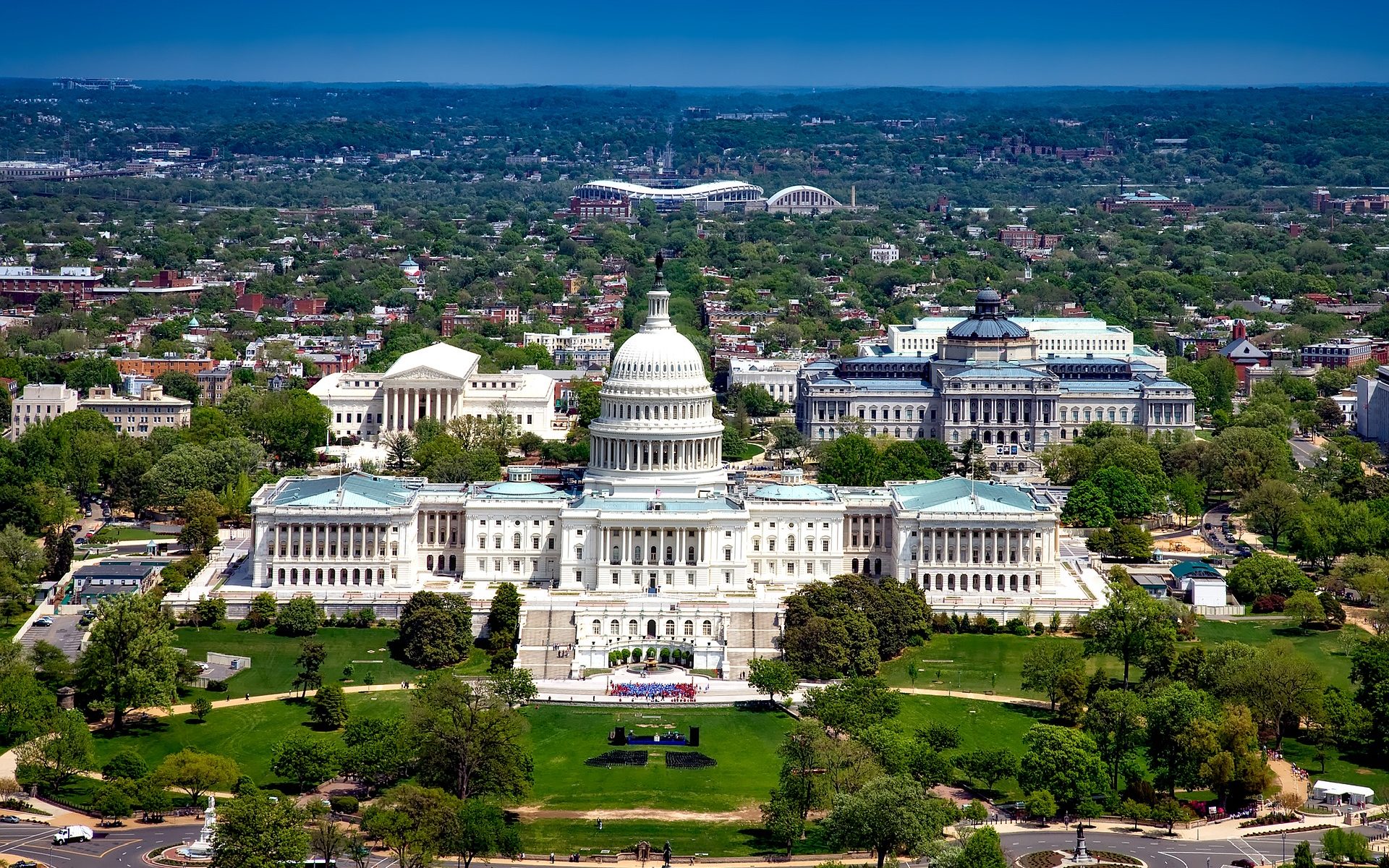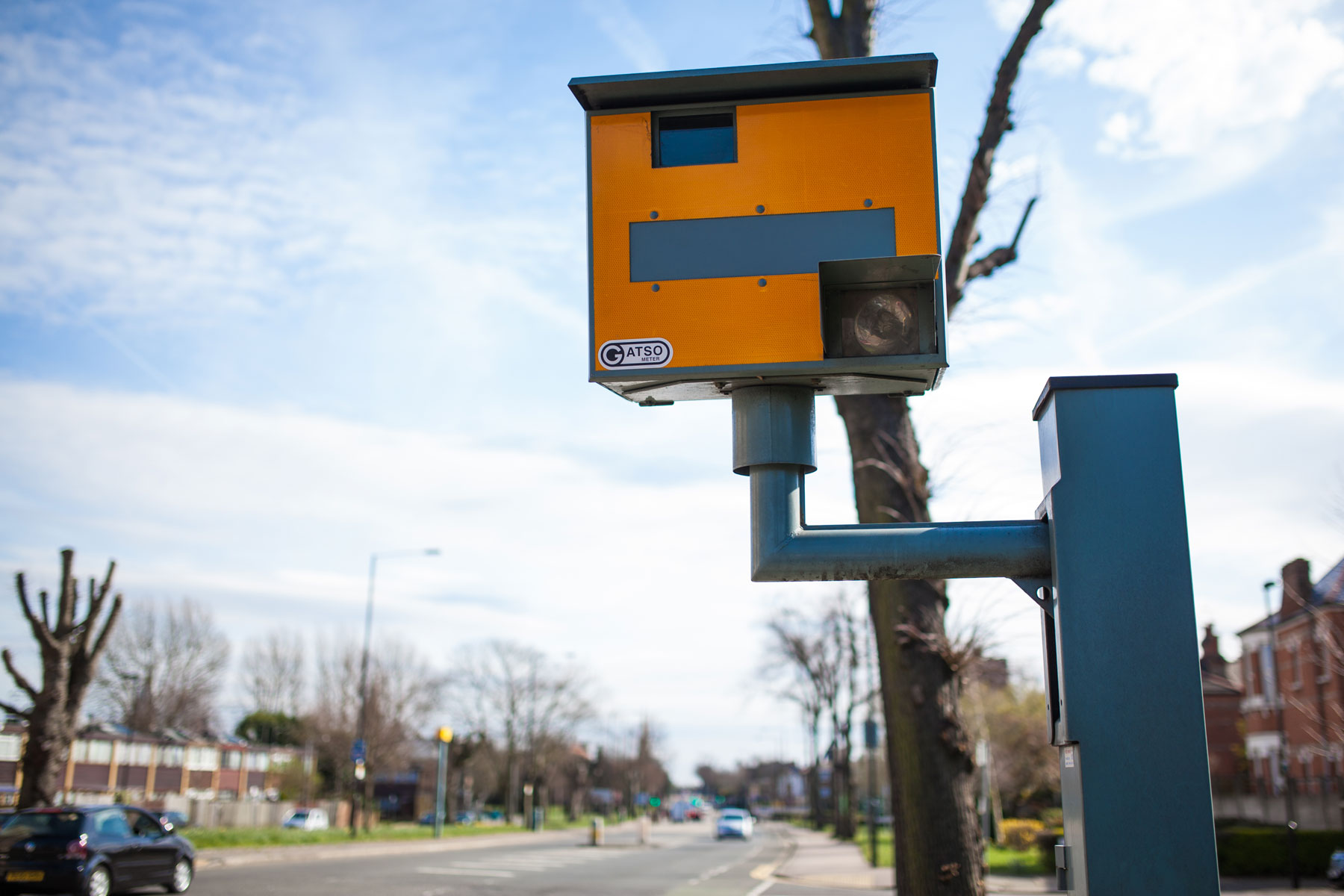
The alarming rise in traffic fatalities and reckless driving incidents across the United States has spurred a critical shift in how states approach road safety. With lives lost and communities impacted, lawmakers and advocacy groups are pushing for more stringent regulations and innovative technologies to curb dangerous behaviors on our roads. This growing momentum highlights a nationwide commitment to making driving safer for everyone.
From pioneering speed-limiting technology to comprehensive crackdowns on illegal street takeovers, states are implementing a range of measures designed to improve compliance and reduce accidents. This article delves into 15 crucial traffic safety initiatives currently being advanced or debated across at least 12 states, reflecting a concerted effort to address the pressing challenges of modern traffic management.
We’ll explore the legislative landscapes, the technological advancements, and the tangible impacts of these policies, offering a detailed look at where the battle for safer roads is being fought and won. The goal is clear: to mitigate the risks associated with speeding, distracted driving, and other dangerous maneuvers that contribute to the grim statistics on our nation’s highways.

1. **Washington State’s Pioneering ISA Mandate**Washington State has taken a significant step in the realm of traffic safety, becoming the second state in the U.S. to enact a law requiring speed-limiting technology for specific drivers. This crucial piece of legislation aims to directly combat reckless driving, a leading cause of severe accidents and fatalities on state roads.
Governor Bob Ferguson signed the law in May, mandating that drivers whose licenses are suspended for reckless driving must have Intelligent Speed Assistance (ISA) devices installed in their vehicles if they wish to regain immediate driving privileges. This innovative approach ensures that individuals with a history of dangerous driving are held accountable and prevented from re-engaging in such behaviors.
The anti-speeding technology, once installed, actively monitors the driver’s speed and effectively prevents the vehicle from exceeding local speed limits. This direct intervention is a response to alarming statistics from Washington’s state traffic safety commission, which reported a nearly 40% increase in fatal crashes involving speeding drivers between 2019 and 2023. The law is set to take effect in January 2029, offering a clear timeline for its implementation and impact.
Governor Ferguson highlighted the tragic inspiration behind this legislation, stating, “This legislation was inspired by a crash when four individuals, including three children, were killed when their car was struck by a driver going 112 miles per hour.” This poignant anecdote underscores the severe consequences of reckless driving and the urgent need for such preventative measures.
Read more about: Unveiling the Powerhouse: Exploring the Foundational Strengths Behind America’s Advanced Naval Capabilities

2. **Virginia’s Innovative ISA Alternative Program**Preceding Washington, Virginia earned the distinction of being the first U.S. state to adopt anti-speeding technology legislation. This landmark move in April established a new precedent for how states can address high-speed reckless driving, focusing on rehabilitation and prevention through technology.
Virginia’s law mandates intelligent speed assistance devices for individuals convicted of driving more than 100 mph. What makes Virginia’s Intelligent Speed Assistance Program particularly innovative is its consideration as an alternative measure. Judges are empowered to require these ISA devices for drivers with repeat reckless driving offenses who prefer not to have their licenses suspended, offering a practical pathway to continued driving under strict supervision.
These compact devices are designed to fit discreetly on an air vent within the vehicle, yet they possess the critical capability to prevent drivers from exceeding the posted speed limit. This makes them a non-intrusive yet highly effective tool in enforcing traffic laws and protecting public safety.
Tara Gill, a senior director of advocacy and state legislation for Advocates for Highway and Auto Safety, noted that Virginia’s law has rules similar to the state’s existing regulations on Breathalyzer ignition interlocks, demonstrating a consistent approach to managing high-risk drivers. The Commission on the Virginia Alcohol Safety Action Program will oversee the state’s ISA program, ensuring proper implementation and enforcement. The law, which garnered bipartisan support, will take effect in July 2026, marking another milestone in the nationwide effort to enhance road safety.
Read more about: Giant Eagle’s Digital Price Tag Revolution: Real-Time Savings, Future-Forward Shopping, and the Evolving Retail Landscape

3. **Washington D.C.’s STEER Act and Speed Governors**Not to be outdone by states, Washington, D.C., made history in 2024 by becoming the nation’s first-ever municipality to pass legislation enacting Intelligent Speed Assistance for repeat speeding drivers. This local initiative demonstrates a strong commitment to addressing traffic safety at the city level, where congestion and aggressive driving can pose significant challenges.
Known as the ACT for ‘Strengthening Traffic Enforcement, Education, and Responsibility’ (STEER), this reckless driving legislation was unanimously passed by the D.C. Council. This broad consensus underscores the widespread recognition of the need for decisive action against dangerous driving behaviors within the Nation’s Capital.
Under the STEER Act, D.C. officials will be authorized to install “speed governors” on the vehicles of drivers who are convicted in court for aggravated driving or reckless aggravated driving. These devices serve as a direct deterrent, ensuring that repeat offenders cannot continue to endanger others by excessively speeding.
This proactive measure is a testament to D.C.’s dedication to improving urban road safety, setting an example for other municipalities grappling with similar issues. The implementation of speed governors reflects a strong stance against recidivism in traffic offenses, aiming to foster a culture of responsible driving.

4. **New York City’s Successful ISA Pilot Expansion**Following its successful trial, New York City is now expanding its Intelligent Speed Assistance (ISA) pilot program, showcasing the tangible benefits of this technology in a dense urban environment. This expansion represents a significant commitment to leveraging data-driven insights to enhance road safety.
A recent study conducted within the pilot program yielded highly encouraging results. Involving 500 city fleet vehicles and covering over 2.9 million miles of driving, the study demonstrated a remarkable impact on driver behavior. It produced an 82% decrease in speeding incidents on high-speed roads, a critical area for accident prevention.
Furthermore, the study reported a 64% decline in overall speeding across all monitored driving conditions. These impressive figures provide compelling evidence of ISA’s effectiveness in modifying driver habits and promoting adherence to speed limits, even in the challenging environment of a major metropolitan area.
City officials, buoyed by the pilot program’s unequivocal success, have announced that ISA is now being expanded to 2,100 additional vehicles. This scaled deployment signifies New York City’s confidence in ISA as a vital tool for reducing speeding, improving safety for all road users, and building upon its commitment to Vision Zero initiatives.
Read more about: Forget the Flash: How Underdog, the Animated Hero, Quietly Dominated Saturday Mornings and Endures Today

5. **California’s Persistent Debate on ISA Implementation**California, often at the forefront of legislative and technological innovation, has also engaged in extensive discussions regarding Intelligent Speed Assistance (ISA), though its path to implementation has been marked by significant debate and setbacks. The state has considered taking speed-limiting technology a step further, reflecting a broader ambition to enhance road safety comprehensively.
Last year, Governor Gavin Newsom vetoed a measure that would have made California the first state to mandate ISA, specifically a passive intelligent speed assistance system, in every new vehicle sold or leased by 2030. This system would have alerted drivers when they exceeded the speed limit by more than 10 mph, aiming to provide a constant reminder for safer driving.
Governor Newsom’s veto cited concerns that adding “California-specific requirements would create a patchwork of regulations that undermines this longstanding federal framework” managed by the National Highway Traffic Safety Administration (NHTSA). This highlights a complex jurisdictional challenge in implementing state-level vehicle safety mandates.
Currently, California’s ISA bill remains stalled in the state assembly, indicating ongoing legislative hurdles. Amidst the debate, the Alliance for Automotive Innovation, a prominent auto industry lobbying association, questioned California’s motives, referencing a 2022 European law. They noted that Europe’s mandatory intelligent speed assist primarily serves as a reminder to the driver, using cameras and GPS to recognize speed limit signs, rather than acting as a restrictor, which differentiates it from some of the proposals debated in California.
Read more about: The Unseen Drivers: Deconstructing Unlicensed Driving Laws, Viral Myths, and the Future of Road Safety

6. **The Broader Fight: Stalled ISA Legislation in Other States (Arizona, Georgia, Maryland)**The national conversation around anti-speeding technology extends beyond the states that have successfully enacted or expanded Intelligent Speed Assistance (ISA) laws. Similar legislative efforts have been initiated in at least five other states, underscoring a widespread interest in utilizing technology to curb reckless driving. However, the path to implementation is often arduous and faces considerable challenges.
Among these states, Arizona, Georgia, and Maryland have seen proposed ISA legislation stall during their current sessions. This means that, for now, these initiatives are not moving forward, highlighting the difficulties in securing legislative approval for new and potentially controversial traffic safety measures. The legislative process for traffic safety legislation is typically arduous, as noted by Cathy Chase, president of Advocates for Highway and Auto Safety.
Despite these temporary setbacks, there remains hope for future reconsideration. Tara Gill, a senior director of advocacy and state legislation for Advocates for Highway and Auto Safety, expressed optimism, stating, “We hope those states will reconsider those measures.” This sentiment reflects the persistent advocacy and belief in the potential of ISA technology to save lives and prevent injuries.
The fact that these bills were filed at all demonstrates a growing recognition among lawmakers across the country that innovative solutions are needed to address rising traffic fatalities. Even when legislation is stalled, the debates it sparks contribute to a broader public and political awareness of the issues at hand, potentially paving the way for future success.

7. **Massachusetts’ Zero-Tolerance Policy on Street Takeovers**Beyond technological solutions, some states are taking a firm stance against specific dangerous driving phenomena, exemplified by Massachusetts’ rigorous crackdown on illegal street takeovers. Governor Maura Healey has declared a “zero-tolerance” approach, signaling a strong commitment to public safety and order.
This intensified enforcement followed a significant incident on October 5, when over 100 people were involved in a street takeover just after 2 a.m. The event quickly escalated, with officers encountering individuals attempting to attack police cruisers using fireworks, cones, poles, and other items. Tragically, one police cruiser was torched and completely destroyed by flames, necessitating its towing away, demonstrating the severe risks posed by these unsanctioned gatherings.
In response, Governor Healey ordered the Massachusetts State Police to collaborate with local law enforcement agencies, dedicating necessary resources to deter and respond to these dangerous events. The coordinated efforts yielded significant results, with 232 civil citations, 20 criminal summonses, and 74 warnings issued. Additionally, seven arrests were made, and 15 vehicles were towed, underscoring the effectiveness of the crackdown.
Governor Healey reiterated her strong message, stating, “These illegal street takeovers cause public disorder, damage property and pose a significant threat to the safety of both area residents and police officers.” She emphasized, “We’ve got zero tolerance for this stuff. Zero tolerance. And as shown by this past weekend’s efforts, we’ll find you, we’ll hold you accountable.” Furthermore, she announced $14 million in safety grants to cities and towns, bolstering traffic enforcement capabilities to prevent future incidents. Two individuals, Julian Bowers (18) and William Cantwell (19), were arrested and charged with serious offenses, reflecting the gravity with which these incidents are being treated.

8. **The National Push for Upgraded Seat Belt Laws**The ongoing effort to reduce traffic fatalities extends beyond technology, with a strong focus on fundamental safety practices like seat belt usage. Advocates for Highway and Auto Safety emphasize that many states must upgrade their seat-belt laws to truly make a difference on the roads. This includes addressing current limitations in enforcement and scope.
A significant concern highlighted in a recent 68-page report by the advocacy group is that 15 states still do not allow traffic stops solely for enforcing front and rear seat belt laws. This loophole can undermine the effectiveness of existing mandates, as officers may not be able to pull over a vehicle if a seat belt violation is the only observable offense. Closing this gap is seen as crucial for improving compliance.
The report by Advocates for Highway and Auto Safety points out that a national commitment to stricter seat belt regulations is vital. With an average of 116 people dying and more than 6,500 injured daily in motor vehicle collisions across the U.S., every measure that can enhance occupant protection is a priority. Upgrading these laws is a straightforward yet impactful way to save lives.
Read more about: Unmasking the Speed Demons: A Deep Dive into the 13 Car Models Most Often Ticketed in the U.S.

9. **States Making Headway on Enhanced Seat Belt Legislation**Despite the national challenges, several states are actively working to improve their seat belt laws, demonstrating a proactive approach to traffic safety. These efforts often involve strengthening existing statutes or implementing new measures to ensure broader compliance and protection for all vehicle occupants. The momentum in these states offers a hopeful sign for the future of road safety.
Georgia, Massachusetts, New Jersey, Ohio, and Virginia are among the states where improved seat belt laws are currently expected or in the process of being enacted. These legislative initiatives reflect a growing understanding of the direct link between consistent seat belt use and reduced severity of injuries and fatalities in crashes. Lawmakers are responding to calls from safety advocates to prioritize these life-saving measures.
These advancements are not just about compliance; they are about fostering a culture where seat belt use is an unquestioned habit for every passenger, every time they enter a vehicle. By updating these laws, states are taking a tangible step toward preventing countless tragedies and reducing the immense societal and personal costs associated with motor vehicle collisions. The collaborative efforts between state legislatures and advocacy groups are proving instrumental in this progress.

10. **Prioritizing Our Youngest: Crucial Child Passenger Safety Initiatives**Beyond general seat belt regulations, a concentrated effort is underway to enhance child passenger safety laws, recognizing the unique vulnerabilities of children in vehicles. Protecting the youngest passengers is a top priority for safety advocates and lawmakers alike, leading to anticipated measures aimed at ensuring children are secured safely in appropriate restraints.
Alabama, Iowa, Massachusetts, Missouri, New Hampshire, and Washington, D.C., are all anticipating or are in the process of implementing measures to better protect children riding in cars. These initiatives often focus on updated requirements for child safety seats, booster seats, and proper positioning, all designed to offer the highest level of protection based on a child’s age, weight, and height.
Such legislation is critical, as motor vehicle crashes remain a leading cause of death and injury for children. Ensuring that child restraint laws are robust and universally enforced directly contributes to mitigating these risks. The continued focus on child passenger safety underscores a societal commitment to safeguarding our future generations on the road.

11. **The Critical Need for Stronger Distracted Driving Laws**Distracted driving continues to be a pervasive and dangerous issue on U.S. roads, contributing significantly to the alarming number of traffic deaths. This pervasive problem necessitates immediate and robust legislative action to curb behaviors that divert a driver’s attention away from the critical task of operating a vehicle. The push for stricter laws aims to re-focus drivers on safety.
According to a report by Advocates for Highway and Auto Safety, upgrading distracted-driving laws is a key recommendation for improving traffic safety nationwide. Distracted driving, along with speeding and aggressive driving, is consistently cited among the leading causes of traffic fatalities by organizations like the AAA Foundation for Traffic Safety. The simple act of checking a phone or engaging with in-car technology can have devastating consequences.
Lawmakers are increasingly urged to implement comprehensive bans on handheld device use and other common distractions behind the wheel. The goal is to create a legal framework that sends a clear message: any activity that takes a driver’s eyes, hands, or mind off the road is unacceptable and will be met with serious penalties. Strengthening these laws is an essential step in reversing the upward trend of preventable accidents.
Read more about: The AI Eye on Our Roads: How New Traffic Cameras Are Reshaping Enforcement and Safety

12. **Tackling Impaired Driving: Addressing a Persistent Threat**Impaired driving remains one of the most entrenched and tragic challenges in traffic safety, responsible for a significant portion of fatalities and injuries. Despite decades of awareness campaigns and enforcement efforts, the problem persists, leading to renewed calls for stronger legislative measures and innovative solutions to keep impaired drivers off the road. This includes not only alcohol but also drug impairment.
The Advocates for Highway and Auto Safety report highlights the scope of this issue, noting that 28 states are in critical need of stronger impaired driving laws. These deficiencies can range from inadequate penalties for repeat offenders to gaps in addressing drug-impaired driving, which is an emerging concern. The consequences of impaired driving are stark, as tragically illustrated by incidents such as a drunk driver causing a fiery crash that killed seven near Yellowstone National Park.
Technological interventions, similar to the Intelligent Speed Assistance (ISA) programs, offer a promising avenue for combating impaired driving. Virginia’s law on Breathalyzer ignition interlocks, which prevent a vehicle from starting if the driver has consumed alcohol, serves as a model. Tara Gill from Advocates for Highway and Auto Safety noted that Virginia’s ISA rules share similarities with these interlock regulations, indicating a consistent approach to managing high-risk drivers and preventing recidivism. Strengthening laws and expanding the use of such preventative technologies are critical components of a comprehensive strategy.

13. **Expanding Automated Enforcement: The Role of Red Light Cameras**As part of a broader strategy to enhance road safety, automated enforcement technologies, particularly red-light cameras, are gaining renewed attention. These systems are designed to deter dangerous behaviors at intersections, which are often hotspots for collisions. The data suggests that when implemented correctly, red-light cameras can significantly reduce certain types of accidents.
The Advocates for Highway and Auto Safety report urges 26 states to permit the use of red-light cameras. These devices automatically detect vehicles that run red lights, capturing evidence that can be used to issue citations. The premise is simple: knowing that a camera is present encourages drivers to stop on red, thus preventing high-speed, right-angle collisions that often result in severe injuries or fatalities.
While sometimes controversial, proponents argue that red-light cameras free up law enforcement officers to focus on other critical duties, while still maintaining a consistent presence at dangerous intersections. They serve as a constant reminder to obey traffic signals, contributing to a more orderly and safer flow of traffic in urban and suburban areas. Wider adoption is crucial for a more unified approach to intersection safety.
Read more about: The Future of Work: 16 Careers Experts Predict Will Vanish by 2035 Amidst AI and Automation

14. **Automated Speed Enforcement: A Call for Wider Adoption**Complementing red-light cameras, automated speed enforcement systems offer another powerful tool in the fight against reckless driving. These technologies actively monitor vehicle speeds and identify those exceeding posted limits, providing an objective and consistent method for enforcing speed laws. The ability to enforce speed limits without direct police presence can have a significant impact on driver behavior over time.
The Advocates for Highway and Auto Safety also urges 22 states to allow automated speed enforcement. This technology, which includes speed cameras, can be particularly effective in areas like school zones, construction sites, and residential neighborhoods where traditional enforcement may be challenging or impractical, and where vulnerable road users are present. By making speeding a more consistently penalized offense, these systems aim to alter driving habits for the better.
The success of pilot programs, such as New York City’s Intelligent Speed Assistance (ISA) expansion which showed an 82% decrease in speeding incidents on high-speed roads, underscores the potential of automated enforcement to dramatically reduce risky behaviors. Expanding the legal framework for these systems nationwide could lead to a significant drop in speed-related crashes, saving countless lives and preventing injuries across the country.

15. **A National Commitment: Systemic Challenges and Advocacy Efforts**The battle for safer roads is a multi-faceted endeavor, involving not just individual laws but also systemic challenges and persistent advocacy efforts at both state and federal levels. While individual states make progress, a truly impactful change requires a coordinated national strategy, as highlighted by numerous safety organizations. This holistic view is essential for tackling the complex issues of traffic safety.
Cathy Chase, president of Advocates for Highway and Auto Safety, articulated this urgency, stating, “I’m disappointed to report that not a single state has implemented all 18 essential safety laws and provisions” outlined in their recent report. This finding underscores the significant work that remains to be done and the fragmented nature of traffic safety legislation across the U.S. There is a clear need for greater uniformity and comprehensive adoption of proven safety measures.
The advocacy group’s report specifically rated nine states—Idaho, Michigan, Missouri, Montana, Nebraska, Nevada, Oklahoma, South Dakota, and Wyoming—as failing to adopt some of the recommended traffic safety laws. Conversely, six states—Louisiana, Maryland, New York, Oregon, Rhode Island, and Washington state—along with Washington, D.C., received the highest rating for making progress toward implementing all recommended laws. This disparity highlights both areas of success and critical areas needing attention.
On the federal level, Chase has urged congressional leaders to “prioritize the vehicle and infrastructure safety improvements in our report.” She also encouraged the U.S. Department of Transportation to formulate standards for vehicle safety technologies. Furthermore, states and localities are encouraged to pursue significant funding available through 2026 via the bipartisan infrastructure law to upgrade roadway infrastructure safety, demonstrating that safety improvements extend beyond legislative changes to encompass the physical environment of our roads.
Read more about: Meghan Markle’s Royal Reckoning: Unpacking the Clash Between Disney Dreams and Dutiful Protocols
The collective efforts across various states, from technological innovations like ISA to fundamental updates in seat belt, distracted driving, and impaired driving laws, paint a clear picture of a nation striving for safer roads. While the challenges are substantial and require ongoing commitment, the momentum generated by legislative action and persistent advocacy offers real hope. By embracing both cutting-edge solutions and tried-and-true safety principles, we are paving the way towards a future where every journey is safer for everyone.




